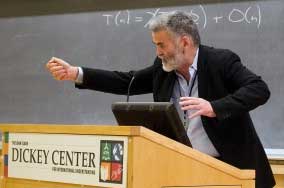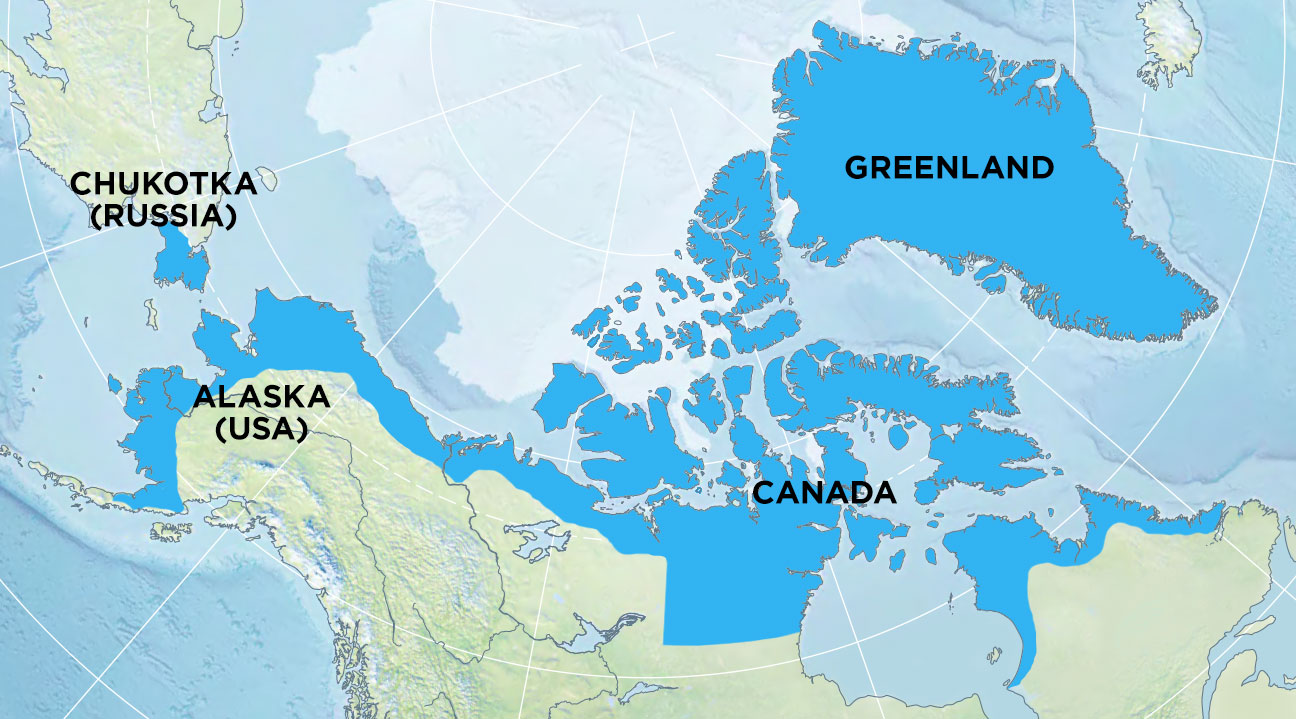Learning
The Inuit, Inuit Indians, Inuit tribe or Eskimos – which name is correct?
Inuit. As an Inuit art gallery, we have heard all kinds of terms used, “Inuit Indians,” the “Inuit tribe,” “Inuit people,” and often, “Eskimos.” In response, we have created a page – and a website – to help educate people as to who Inuit are and to help build an appreciation for these wonderful people and their remarkable artistic ability. Inuit are the most widely dispersed group in the world still leading a partly indigenous way of life.
Inuit inhabit a region spanning more than 3,500 miles of latitude, from Greenland, across Arctic North America, to the Extreme Northeast Orient of Russia. In Canada, much of our Inuit population lives within Nunavut (“Our Land”), a territory established on April 1, 1999. Inuit are genetically distinct from the First Nations (formerly referred to as “Indians.”) In fact, Inuit are closely related to the Mongolian peoples of eastern Asia. The Inuit – Aleut languages are unrelated to any American Indian language groups. And at no time did the Inuit possess a strong tribal sense. The Inuit emphasis was more on the local and familial group rather than on associations based on land and territory.
The terms “Inuit Indians,” the “Inuit people,” “Inuit tribe” and “Eskimo” are not correct names for these kind and gentle people. Inuit simply means ‘The People’ in Inuktitut, the Inuit language — what they call themselves and how they wish to be known. No need to say, “the Inuit people, as that’d be redundant, like saying “the people people.” Their rightful name, Inuit, replaces ‘Eskimo,’ a term based on a Algonkian word meaning ‘eaters of raw flesh.’ In the words of the late Jose Kusugak, (1950-2011), a leader, storyteller and passionate advocate for Inuit, during his tenure as president of Inuit Tapiriit Kanatami (ITK), an organization representing Inuit from Labrador to the Northwest Territories:
“In Canada and America we are trying to make people understand that we are a distinct people and not Indians… We want them to understand that Inuit work real hard to get children educated and make sure they hold on to their culture.”
Much of the attention received by Inuit is the result of their tremendous skill as artists, particularly as stone carvers, printmakers, and more recently as creators of jewellery. Inuit art was first brought to the attention of the world by James Houston in the late 1940s. James Houston also taught Inuit printmaking in the late 1950s. Today, Inuit art is the main pillar of the Inuit economy.
Distribution of the Inuit
The terms “indigenous (which replaces “aboriginal”) or “native” apply to all three Indigenous groups, Inuit, First Nations (formerly referred to as “Indians”) and Métis.

John Houston expands people’s understanding of the Arctic and its Inuit communities in part through public speaking engagements, weaving together stories about his filmmaking experiences, his many voyages throughout the north, and the people he’s developed long-lasting bonds with.

